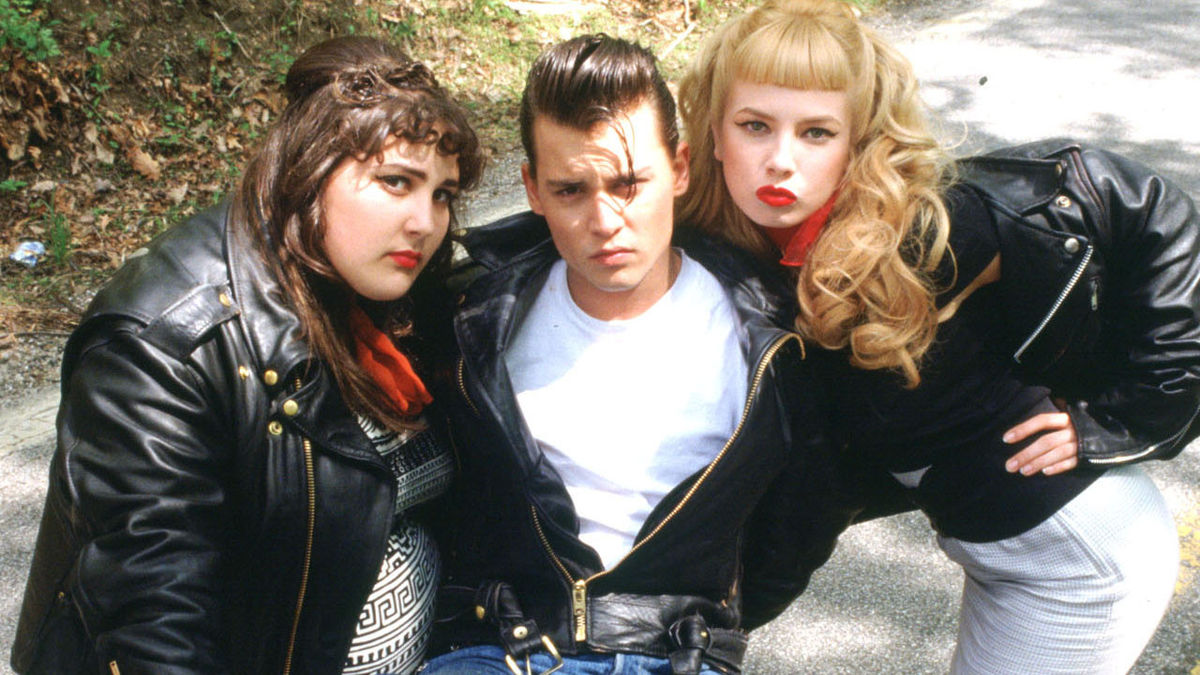
Baltimore native John Waters made both “Pink Flamingos,” one of the most censored and shocking films ever, and the beloved family-friendly film with a positive message, “Hairspray.” Dubbed by the press, critics, fellow filmmakers, and fans: “The Prince of Puke,” “The Pope of Trash,” “Anal Anarchist” and the “Ayatollah of Crud,” he has more titles than any member of the House of Windsor. From September 17, 2023 – August 4, 2024, he and his work will be honored by The Academy of Motion Picture Arts and Sciences with an exhibit at their newly opened Museum of Motion Pictures. It will be called, appropriately, “John Waters: Pope of Trash.”
Inspired by the underground films of Andy Warhol, the Kuchar brothers, and Kenneth Anger; the exploitation movies of Russ Meyer; the lurid gore of Herschell Gordon Lewis; and international films like “I Am Curious (Yellow),” Waters began making movies as a teenager with an 8mm camera at his parents’ house. He called his production company, “Dreamland Studios”. His roster of talent was made up of childhood friends and neighbors. Over a career spanning more than half a century, so far, he has made 12 feature films. Comedies, a musical, a melodrama, the uncategorizable. But one thing they all have in common are protagonists who, as Waters said of his leading man Divine, “… represented to any kind of rebel somebody that could win.”
12. Mondo Trasho (1969)
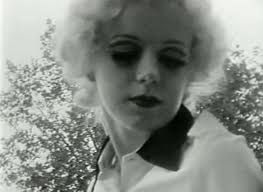
“This whole thing has just made me sick.”
Waters’ first feature film, by his own admission, should have been 10 minutes rather than 95. There is some amusing and badly dubbed dialogue, but it is essentially a silent film overlayed with a soundtrack that includes James Brown, Merle Haggard, Frank Sinatra, Little Richard, and more (which could explain its current unavailability). It is lacking that essential feature of any Waters film, quotability. Instead, we get the barely-there story of The Bombshell (Mary Vivian Pearce), who has a sexual encounter with a foot fetishist before being run over by Divine (movie star potential already undeniable), who is distracted by imagining a hitchhiker naked while driving a red 1959 Cadillac convertible. The day gets worse for them both as they are locked in an insane asylum, experimented on by a demented doctor (played by David Lochary), experience religious visions, and finally die writhing in the fetid muck of a pigsty.
Two things separate Waters from many other underground and independent filmmakers: the coherence of three act structure storytelling and a lack of pretentiousness. Despite the presence of Divine in his first feature film role, and common themes of latter Waters films such as the sacrilegious uses of Catholic imagery, and ridiculous sex, “Mondo Trasho” feels more like an early Warhol film than a latter Waters one; incoherent and possibly even pretentious. It still has some laughs, like when a terribly dubbed licking sound, (done to better effect later in “Female Trouble”) is played as Pearce is shrimped (foot sucked) in the park.
11. Cecil B. Demented (2000)
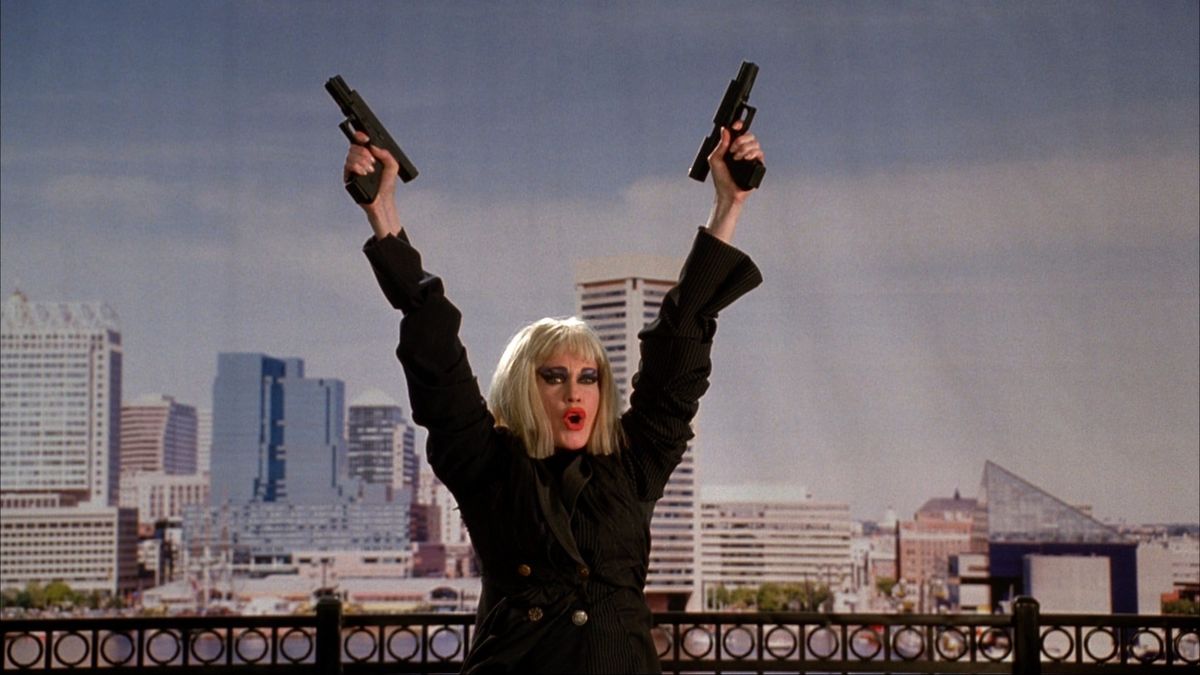
“Demented Forever!”
Like Waters’ other recent films, “Cecil B. Demented” has a great “high concept” that it never quite lives up to. While in Baltimore for the premiere of her latest studio film, leading lady (and absolute monster) Honey Whitlock, is kidnapped by a cinema-obsessed cult who forces her to star in their underground film.
It stars Melanie Griffith, Stephen Dorff, and a bunch of other familiar faces from the Hollywood studio system the film skewers. It’s supposed to be dangerous, but it doesn’t feel dangerous. Waters did ask Mink Stole to set her hair on fire for “Pink Flamingos,” but in the end she sensibly backed out. Here, Cecil convinces Honey to do the same for his film, which is achieved by special effects, relying in the end on the sleight of hand of the institution it is rebelling against.
10. A Dirty Shame (2004)
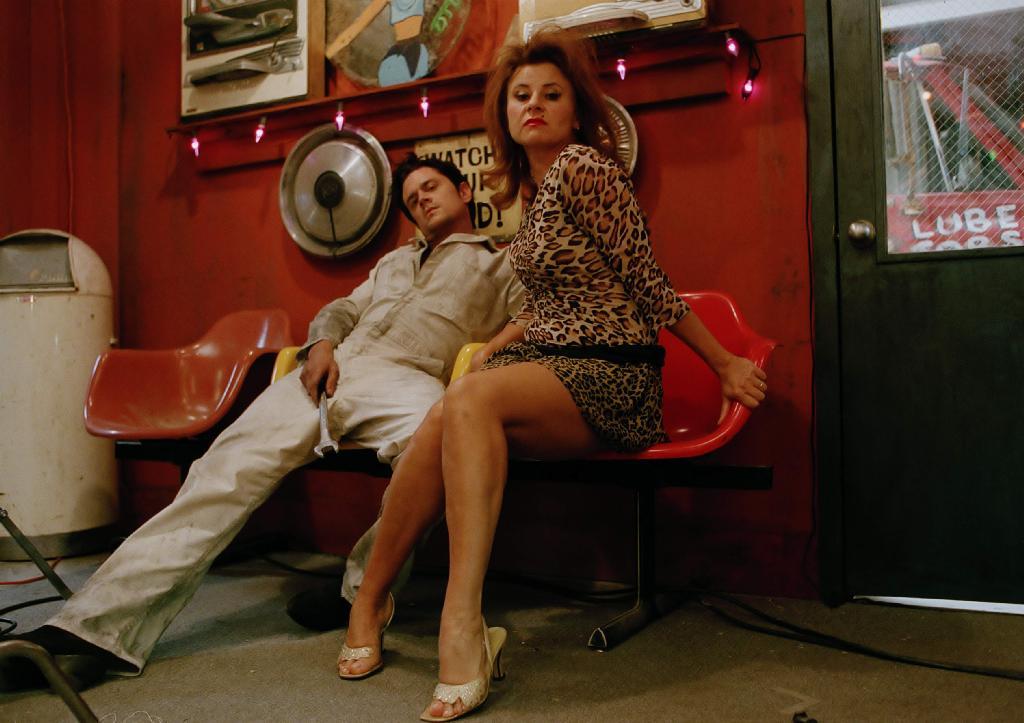
“Let’s go sexin’!”
Waters’ last feature to date again has a clever concept, but it just doesn’t quite ever gel. Citizens of a quiet suburb turn into raving sex addicts when accidentally hit on the head.
Johnny Knoxville plays the leader of a sex cult waiting for the one who will invent an entirely new sex act. Sylvia Stickles (Tracey Ullman) is the dowdy housewife who proves to be that one after a whack on the head sends her prowling through the neighborhood deep in heat and looking for a good time.
Selma Blair is great as Sylvia’s daughter, “Ursula Udders,” who is a big attraction down at the strip join because of her very big attractions. The Hokey Pokey scene at the nursing home truly is hilarious. And the unexpected cameo by Jean Hill is a delight for Waters fans. But it all just gets very repetitive. People are hit on the head and become sex maniacs. Then they are hit on the head again and become uptight, cold fish. Then another hit and it’s back to nymphomania. And each time this happens there is music and a bunch of campy old visuals and it’s just not amusing after about half-way through the first time it’s done.
There is also a lot of magical stuff that happens. CGI animals screwing, CGI tongues wagging, levitation. As obsessed as Waters is with Catholicism, it’s always presented not just to ridicule, but with an Atheistic point of view. You can usually explain away the visions, etc. Here, magical occurrences happen and are integral to the plot. “Flamingos Forever”, the unmade sequel to “Pink Flamingos”, also had a lot of this, ending with Divine and her family riding away on a giant flying turd. When he couldn’t get funding, he made “Hairspray”. Probably for the best.
9. Cry Baby (1990)
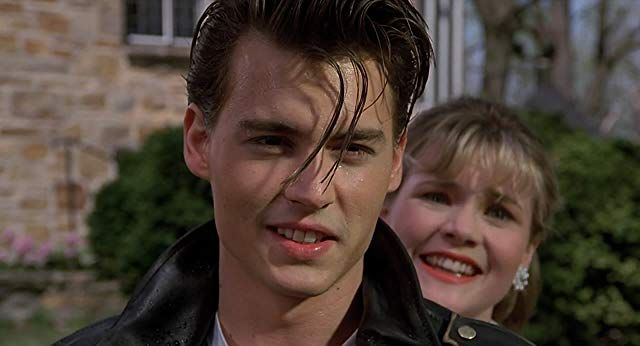
“Sometimes shook-up old ladies get cut!”
Waters’ follow-up to his hit “Hairspray” is a musical starring Johnny Depp, Ricki Lake, and Traci Lords. It’s the 1950s and bad boy “drape” Wade “Cry-Baby” Walker (Depp) is in love with Allison (Amy Locane), the beautiful granddaughter of Mrs. Vernon-Williams (a perfectly cast Polly Bergen), the old money owner of the local charm school where they do things like sing Mr. Sandman in barbershop quartets. But Allison wants to break bad, and Cry-Baby can sense it.
It’s Romeo and Juliet in the 50s with music. Instead of the Montagues and Capulets we’ve got “Drapes” and “Squares.” Thankfully Cry-Baby and Allison’s love wins, and the squares are defeated. Lords is fun as the bad girl daughter of clueless middle-class parents and Mink Stole’s appearance in an iron lung, smoking up a storm, is a hoot. Iggy Pop and Susan Tyrrell as a couple is good fun (go now and watch her in the “Angel” films) and apparently her on-set antics shocked even the Pope of Trash himself. But it feels as if it’s trying more to replicate the mainstream success of “Hairspray” than it wants to make you laugh.
8. Pecker (1998)
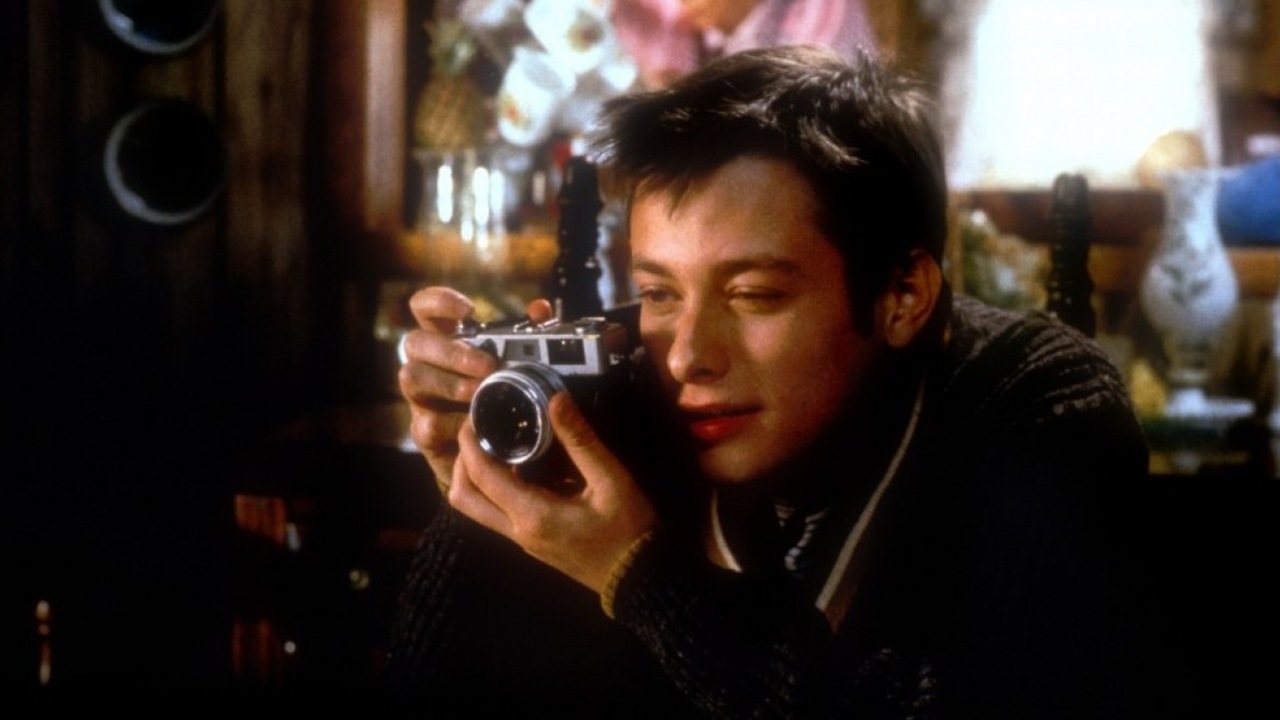
“I hate modern photography!”
Seven years after fighting a liquid metal terminator in “Terminator 2: Judgement Day” Edward Furlong starred as the Pecker (he pecked as his food as a kid) of the title. As in Waters’ other late career films, it’s got a great idea, familiar faces, (Christina Ricci, Martha Plimpton, Lili Taylor) playing quirky characters, and magical stuff really happening (a statue of Mary starts blabbering on). “Pecker” is perhaps best-known for popularizing the term “tea-bagging” (if you don’t know, Google it!), that would come in handy in politics about ten years later. It is a sweet film with some good laughs.
Pecker is a lower middle-class kid who finds a beat-up camera in his mother’s secondhand store and becomes an overnight sensation in the rarified New York art world with the pictures he takes of his snarling neighbors, lesbian strippers, and fornicating rats. Lured to the bright lights of the Big Apple, Pecker’s brief flirtation with fame, and his art dealer (Taylor), brings pain to those he loves. So, he returns to Baltimore and demands that the Manhattanites come to him if they want to see his work, where they learn to loosen up and party like they do in Baltimore. Down and dirty! It’s almost like the Dreamlanders (the cast and crew of Waters’ early films) getting to show Warhol’s superstars how it’s really done.
7. Multiple Maniacs (1970)
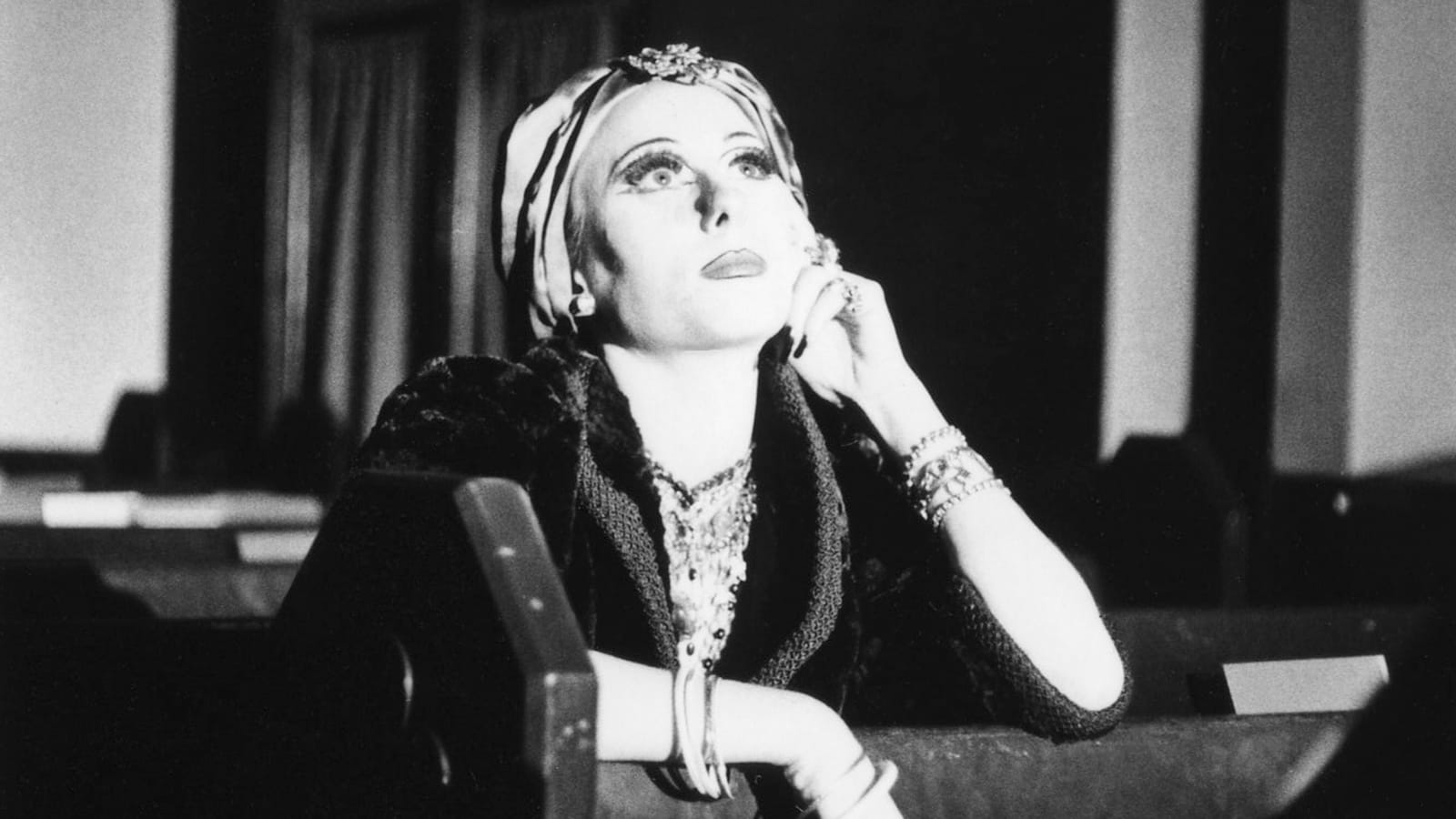
“The sleaziest show on earth!”
With this follow-up to the shaky start that was “Mondo Trasho” Waters gives us a full-fledged Waters classic. The film that introduced both Edith Massey and Cookie Mueller to moviegoers is quotable (“You’ve driven me from my own home” or “I want to perform acts with you.”), hilarious, shocking, and the most blasphemous film you will ever see! For fans of Waters’ films, it’s not just the brilliance of the lines he writes, it’s the way his actors deliver them. Massey’s screechy voice, Mueller’s thick Baltimore accent, Divine’s confident and belligerent bellowing. It’s all part of the magic.
Shot in black and white, which gives it a gritty documentary feel, “Multiple Maniacs” tells the story of Lady Divine, who travels around the country with her Cavalcade of Perversion luring unsuspecting victims with promises of watching The Puke Eater, pornographers, gay men French kissing, drug attics going through withdrawal, and other assorted horrors that fascinate and repel the middle class. They get a show, then the main attraction, Divine herself, assaults and robs them. But there’s trouble brewing. Divine is sick of it all. Her real passion is murder, (Why not ditch the Cavalcade and just shoot people and rob them?) and her boyfriend, Mr. David, is having an affair with Bonnie (Pearce). On her way to catch them in the act Divine is gang raped then led to the safety of a church by a vision of the Infant of Prague. – If you’ve ever seen a statue or picture of this child saint in the home of a non-religious person, I bet this film is why! – There she meets Mink, aka “The Religious Whore,” (Stole) who dresses in a turban and mink fur like a silent movie star and lives in churches. She bends our plump starlet over in the pew and gives her a “Rosary Job” during which Divine imagines the Stations of the Cross.
Jesus Christ (George Figgs) feeds the multitudes with loaves of Wonder Bread and cans of tuna before being humiliated and nailed to the cross as his mother Mary (Massey) wails. Then a junkie shoots up (for real) on the altar and Divine and Mink head back to Divine’s daughter’s (Mueller) house where everyone dies. Divine carves out organs like an Aztec priest in drag, gobbles them up, and goes insane. She’s raped by a 14-foot lobster (created by another important addition to the Dreamland team, designer Vincent Peranio) and then is gunned down by the National Guard. Whew!
Now streaming on HBO Max. Seriously!